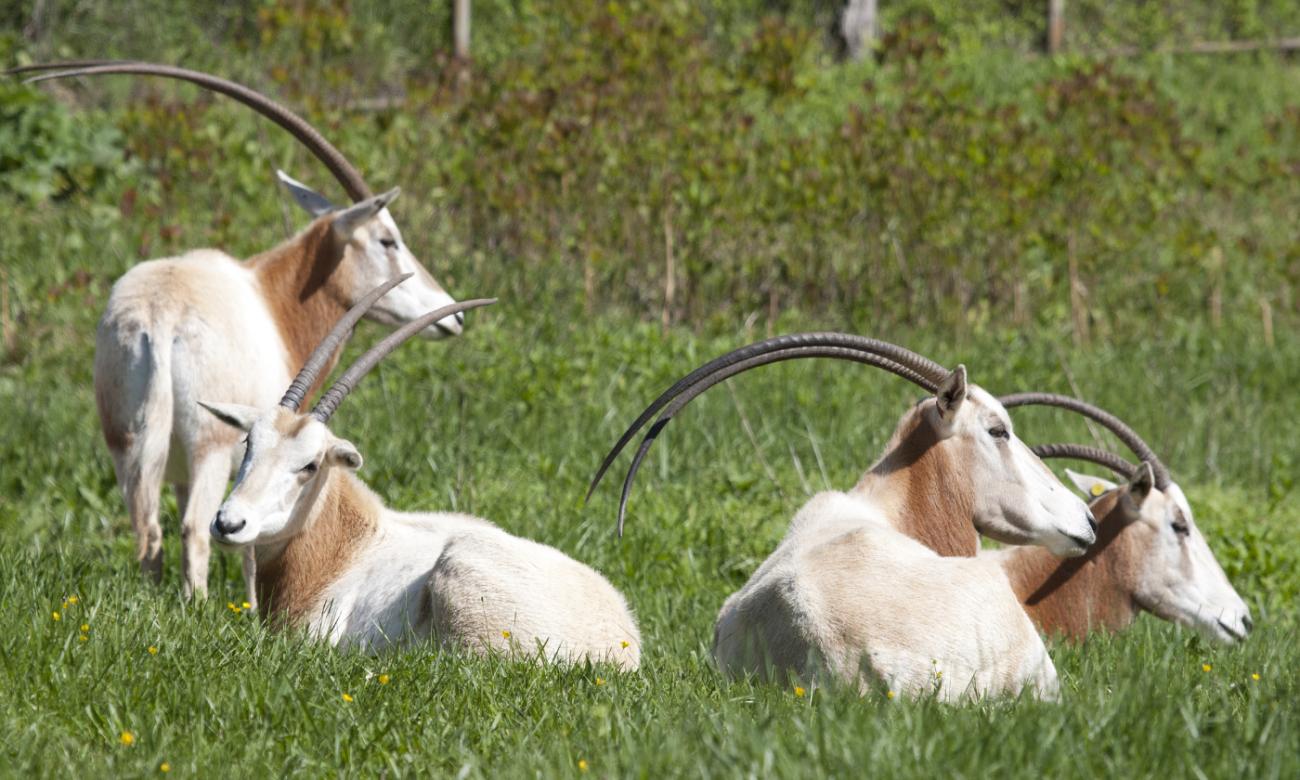Investigating Oryx Diseases in Chad
The scimitar-horned oryx historically ranged over much of arid north Africa, but large-scale habitat loss and hunting ultimately led to the species being declared extinct in the wild in 2000. A number of organizations, including the Environmental Agency–Abu Dhabi, the Sahara Conservation Fund, the Zoological Society of London and the Smithsonian Conservation Biology Institute's Conservation Ecology Center are working collaboratively with the government of Chad and the international zoo community to reintroduce oryx to the Ouadi Rimé-Ouadi Achim Game Reserve in central Chad. Reintroductions began in 2016, and a small population is starting to take hold. Smithsonian scientists are hopeful that the species is slowly making a comeback.
The Reserve is also home to the critically endangered dama gazelle, and was once home to the critically endangered addax. Together, these three species represent the most endangered antelopes in the world — and the region, one of the last remaining strongholds of these highly threatened ungulates. However, wild antelope populations are facing a new potential threat: infectious diseases encountered on the landscape.
Unexpectedly, in 2018, evidence of Rift Valley fever and other infectious diseases were found in the Reserve. The Global Health Program is investigating infectious diseases that might circulate in wild antelope and domestic ungulates (like camels, cattle, goats and sheep) in the region — and that may pose a threat to wildlife, livestock and human handlers alike. The team aims to inform future vaccination protocols for oryx and management standards for other wildlife in the Reserve by cataloging the potential pathogens that oryx may be exposed to upon release.
By addressing regional diseases at the wildlife-livestock-human interface in this remote area of Chad, they also hope to strengthen capacity and support for continued disease surveillance and prevention. Understanding the prevalence of infectious diseases in the region will contribute to the long-term persistence of these highly vulnerable antelope populations.













